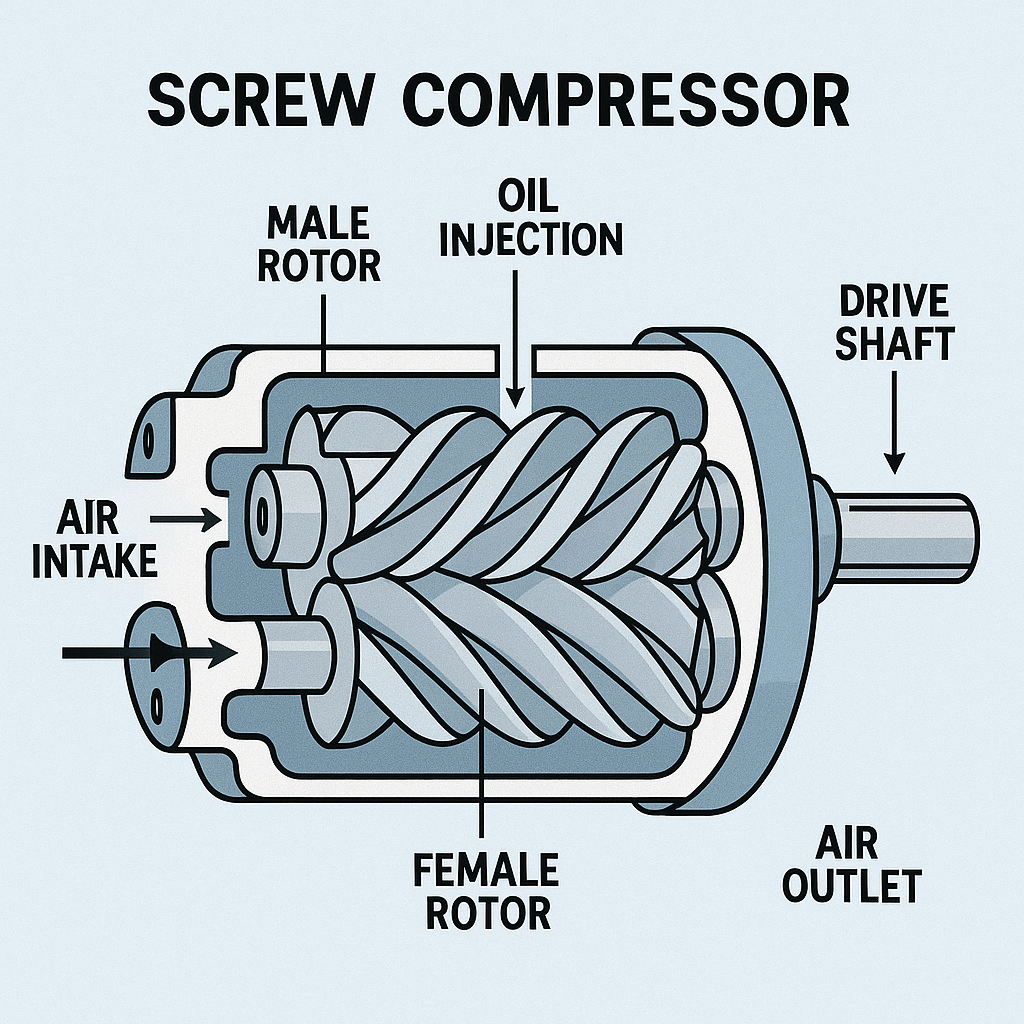Global Hydraulic Fracturing Market Overview
The global hydraulic fracturing market is projected to reach USD 74.4 billion by 2028 from an estimated USD 52.1 billion in 2023, at a CAGR of 7.4% during the forecast period. Factors such as the growing demand for hydraulic fracturing technology with increasing requirements for energy are driving the growth of the hydraulic fracturing market.
Key Market Players
The hydraulic fracturing market is served by many international players with a global operational presence and local players with a strong domestic supply network. Halliburton (US), SLB (US), Liberty Oilfield Services LLC (US), Baker Hughes (US), and NexTier Oilfield Solutions (US) are the market leaders in the global hydraulic fracturing market. These companies use strategies such as acquisitions, expansions, contracts, agreements, mergers, and investments, to increase their market share.
Download PDF Brochure: https://www.marketsandmarkets.com/pdfdownloadNew.asp?id=745
Hydraulic Fracturing Market Dynamics Driving Growth
Increasing Energy Demand: Global demand for energy, notably oil and natural gas, was increasing. Hydraulic fracturing facilitated the extraction of unconventional oil and gas resources, such as shale gas and tight oil, which helped to fulfill the expanding demand.
Technological Advancements: Continuous advances in hydraulic fracturing technology have increased efficiency and reduced prices. Drilling technique advancements, fluid compositions, and well finishing technologies all contributed to higher extraction rates and greater economic viability.
Economic Benefits: Hydraulic fracturing enabled access to hitherto uneconomical hydrocarbon reserves. This led to greater domestic production, job creation, and economic growth in locations with large shale deposits.
Energy Independence: Countries that invested substantially in hydraulic fracturing, such as the United States, sought to lessen their reliance on foreign energy supplies. Achieving energy independence was a major driving force for the expansion of fracking activities.
Environmental and Regulatory Considerations: Stricter environmental restrictions and a focus on lowering greenhouse gas emissions have encouraged the development of more environmentally friendly fracking methods. Companies who invested in cleaner, more sustainable operations received a competitive advantage.
Market Trends and Opportunities
Market Consolidation:
The sector has undergone consolidation as larger companies buy smaller ones in order to gain market share and improve operational efficiency. This tendency is expected to continue as businesses seek economies of scale.
Global Market Opportunities:
The hydraulic fracturing market has expanded in regions with abundant shale reserves, such as North America. However, opportunities may exist in other parts of the world when unconventional resources are discovered and utilized.
Request Sample Pages: https://www.marketsandmarkets.com/requestsampleNew.asp?id=745
“North America: The largest in the hydraulic fracturing market.”
North America is expected to be the largest region in the hydraulic fracturing market between 2023–2028, followed by the Asia Pacific and Latin America. North America has been leading the hydraulic fracturing market. Unconventional gas production in North America is responsible for high growth in the sector, giving opportunities to oilfield companies for fracturing in this region. Growing environmental concerns have raised the importance of natural gas, which, in turn, has increased the demand for hydraulic fracturing. Hydraulic fracturing plays a vital role in increasing a well’s productivity.


